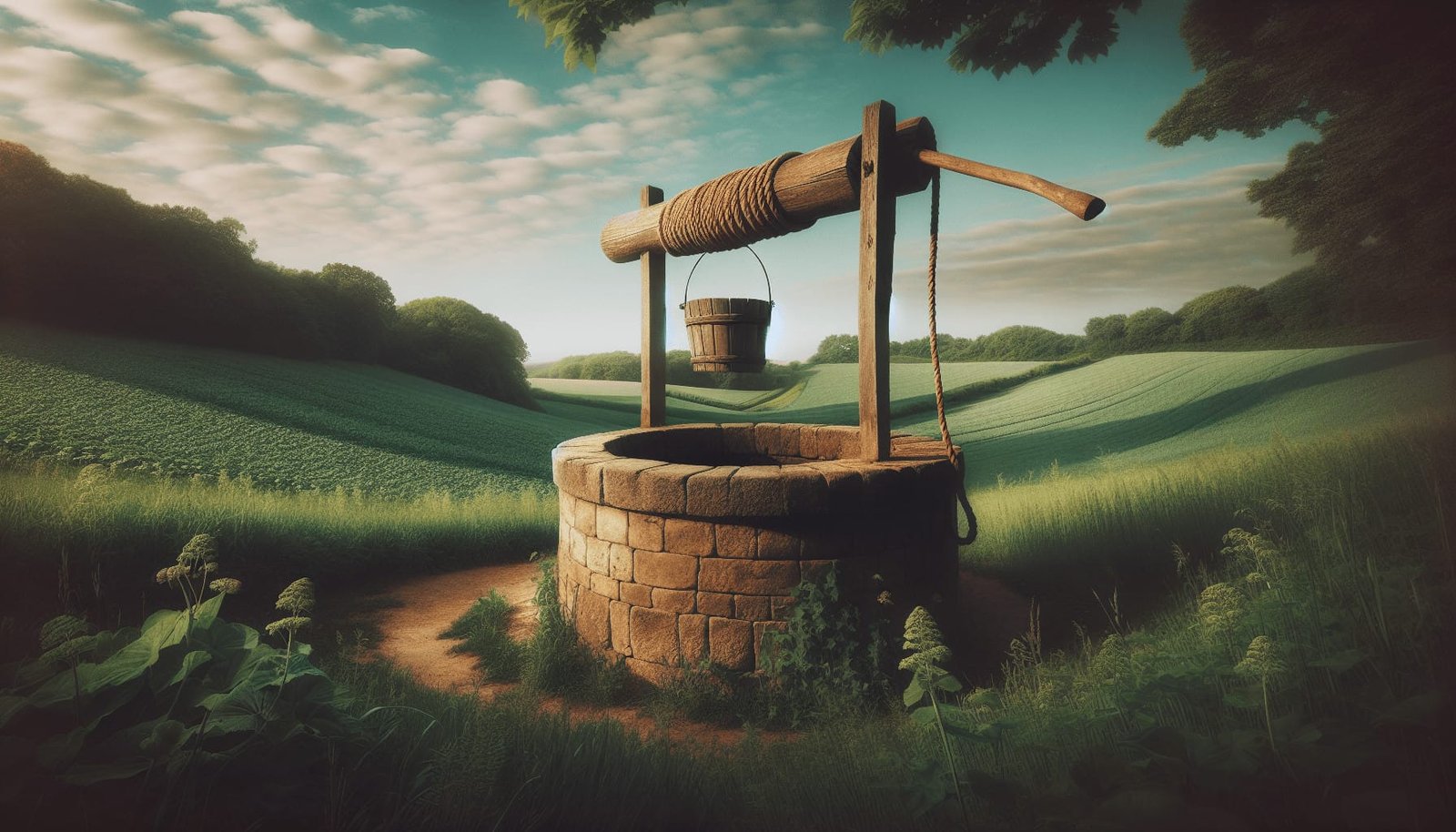Have you ever wondered how often your well should be inspected? If you rely on a well for your water, it’s essential to understand the maintenance it needs to ensure a clean and reliable water supply. Wells are a critical part of your home infrastructure, and keeping them in good condition is essential for your safety and wellbeing.
Understanding Well Inspection
It’s important to begin by acknowledging the importance of regular well inspections. Ensuring the health of your water supply not only benefits your personal use but also protects the overall health of your household.
Why Regular Well Inspections Matter
Routine inspections are your first line of defense against water contamination and equipment failure. A well inspection typically involves examining the physical structure of the well, testing water quality, and evaluating the performance of the well system.
Let’s consider for a moment what could happen without regular inspections:
Contamination Risk: Over time, your well can become contaminated from surface runoff or changes in the groundwater. This can lead to health hazards for you and your family if consumed or used for other purposes.
Equipment Failure: Mechanical components such as pumps and pipes are subject to wear and tear. Ignoring these issues could result in sudden failures that might cost a significant amount to repair.
Legal Compliance: In many areas, there are regulations governing well water safety. Routine inspections help ensure that your well complies with these requirements.
Optimal Frequency for Well Inspections
Determining how often you should inspect your well depends on several factors, including local regulations, the type of well, and any noticeable changes in water quality. However, a general rule of thumb suggests an annual inspection is a minimum requirement.
General Guidelines
To keep your well functioning at its best, you should consider the following guidelines:
Annual Inspections: A comprehensive annual inspection should be mandatory. This allows for the early detection of issues before they escalate.
Post-Disaster Inspections: After events such as flooding, earthquakes, or other natural disasters, an immediate inspection is critical to assess and address damage or contamination.
If You Notice Changes: If there are changes in water taste, smell, color, or if you notice any sediment or particles, an immediate inspection should be conducted.
Regional Factors
Different regions have varying guidelines and conditions which can affect how often you should inspect your well. In areas with high water table fluctuations or more frequent storms, inspections might need to be more frequent than once a year.

Components of a Well Inspection
Knowing what to expect during a well inspection can help you better prepare and understand its importance.
Structural Assessment
The structural integrity of the well casing and cap is vital. These components need to be checked to prevent contaminants from entering the water supply. Look for any signs of wear, rust, or damage.
Water Quality Testing
Water quality testing is essential to identify contaminants such as bacteria, nitrates, and other pollutants. This should include testing for pH levels, hardness, and other chemical indicators.
Here’s a simple table to illustrate the types of contaminants tested in a typical well inspection:
| Type of Contaminant | Importance |
|---|---|
| Bacteria (e.g., E. Coli) | Indicates fecal contamination |
| Nitrates | Common from fertilizers; health risk |
| Heavy Metals | Can cause chronic health issues |
| pH Level | Influences water’s corrosiveness |
Equipment Functionality
Inspecting the equipment involves checking the pump and other mechanical parts. An experienced inspector will evaluate pump performance, check for leaks, and ensure that pressure levels are ideal.
How Often Should You Replace Your Well Pump?
Just like any mechanical equipment, well pumps have a lifespan. Knowing when to replace yours can prevent unexpected failures and ensure continuous water supply.
Lifespan of a Well Pump
The average lifespan of a well pump ranges from 8 to 15 years depending on the type of pump and usage conditions. Here are some factors affecting a pump’s lifespan:
- Pump Type: Submersible pumps usually last longer than jet pumps.
- Water Usage: Higher usage can lead to quicker wear and tear.
- Water Quality: High sediment levels can cause premature pump failure.
Signs It’s Time to Replace Your Pump
Being proactive about replacing your pump can save you from potential inconveniences. Here are some indicators that it might be time for a replacement:
- Decreased Water Pressure: A reduction in water pressure might indicate that your pump is failing.
- Noisy Operations: Increased noise from your pump might point to mechanical issues.
- Increased Utility Bills: A pump that works harder due to inefficiencies will increase your electricity costs.
Steps to Replace Your Well Pump
Replacing a well pump can be a technical task that may require professional assistance. However, knowing the steps involved can help you understand the process better:
- Assess the Situation: Determine if your symptoms are indeed caused by pump failure.
- Select a New Pump: Based on your well depth, size, and water needs, choose an appropriate pump.
- Professional Installation: Consider hiring a certified well contractor to ensure proper installation and functioning.

Maintaining Your Well After Inspection
After an inspection or replacement, following a regular maintenance schedule is vital for the longevity and efficiency of your well.
Regular Cleaning
Ensure that the area around your well is clean and free from debris. This prevents physical damage and contamination.
Monitor Water Quality
Even after inspection, testing your water quality periodically is critical. Home water testing kits can help you monitor basic parameters.
Keep Records
Documenting all inspections, repairs, and water tests creates a comprehensive history that can be invaluable for future maintenance or if you decide to sell your property.
Professional Services
Engaging professional well maintenance services can help avoid issues that are beyond your capacity to handle. Professionals have tools and expertise to deal with more complex issues that arise.
The Role of Local Guidelines and Best Practices
Understanding and adhering to local regulations can safeguard your water supply and ensure you are in compliance with the law.
Locating Guidelines
Local health departments or environmental agencies can provide you with guidelines specific to your area. Adhering to these guidelines not only keeps your well in optimal condition but also ensures regulatory compliance.
Community’s Best Practices
Learning from your community can provide insights into best practices for well maintenance. Discussions with neighbors or community groups can reveal valuable firsthand experiences and advice.

Conclusion
Understanding how often and why your well should be inspected, as well as when to replace vital components like your well pump, can save you future headaches. By following recommended guidelines and conducting regular inspections, you safeguard the quality and reliability of one of your home’s most essential resources.
Key Takeaways
- Always conduct annual inspections to ensure optimal well performance.
- After natural disasters or significant changes, an immediate inspection is crucial.
- Replace well pumps based on their lifespan and operational efficiency indicators.
- Adhere to regional guidelines and learn from community best practices.
This comprehensive approach to well care can prevent problems before they escalate, ensure water quality, and secure your water supply for the future. Making these practices routine will help you enjoy peace of mind knowing that your well remains in excellent condition.

